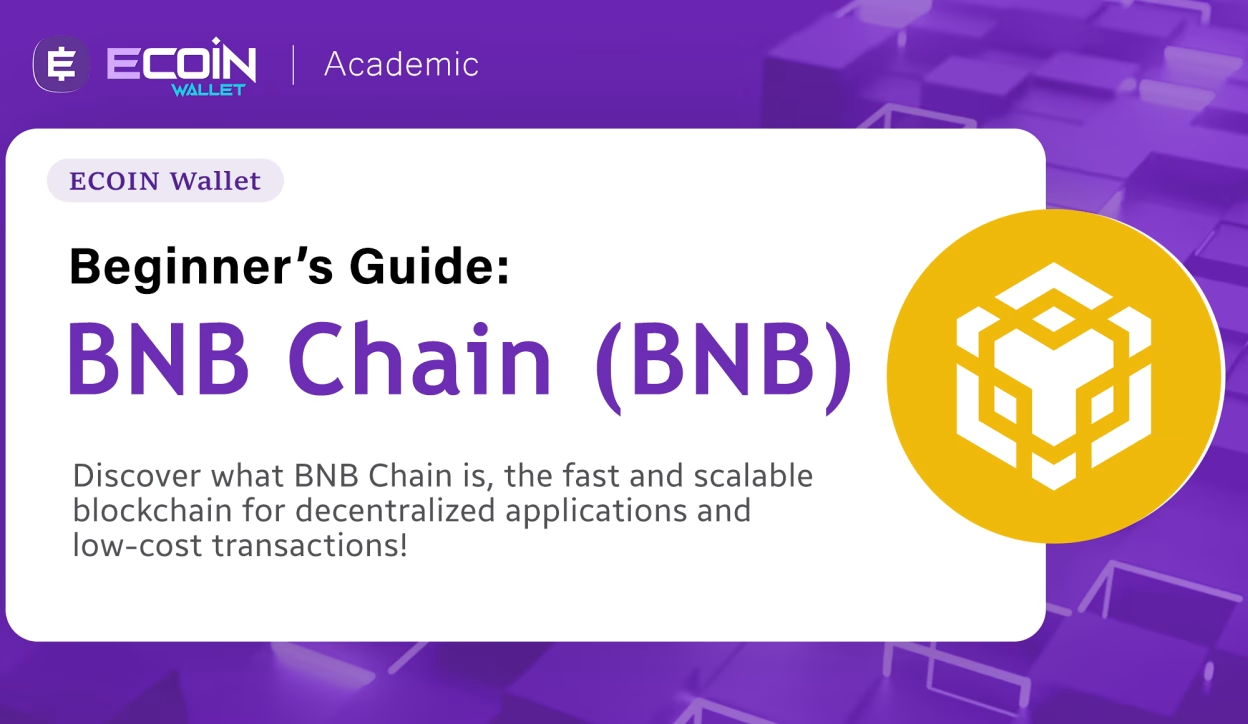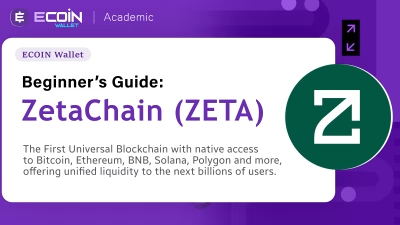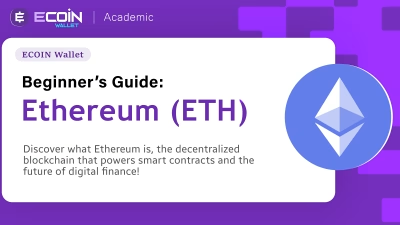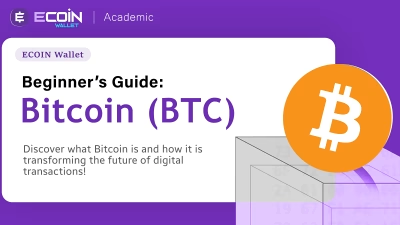Key Points
- BNB Chain is a decentralized blockchain ecosystem designed to provide a robust infrastructure for the Web3 economy.
- The network offers a wide range of services, promoting decentralized data management, second-layer scalability solutions, and innovations for the decentralized finance (DeFi) sector.
- This article explores BNB Chain’s journey from its inception in 2017 to the present, highlighting its adaptability and innovation.
Introduction
BNB Chain is a decentralized blockchain ecosystem focused on infrastructure and services for the Web3 economy. It provides various advanced tools for users interested in the DeFi space and developers looking to build large-scale decentralized applications (DApps).
A Brief History of BNB Chain
BNB Chain, formerly known as Binance Chain, was launched in 2019. At that time, the BNB utility token, which had been created in 2017, was moved from the Ethereum network to become the native token of BNB Chain. This initial version is now called BNB Beacon Chain.
In 2020, BNB Smart Chain (BSC), previously Binance Smart Chain, was introduced, operating in parallel with BNB Beacon Chain. With compatibility with the Ethereum Virtual Machine (EVM), BSC brought more flexibility and functionalities, enabling significant growth in the development of DApps and services.
Differences Between BNB Beacon Chain and BNB Smart Chain
In 2022, BNB Beacon Chain and BNB Smart Chain became part of the BNB Chain ecosystem, although they continue to operate separately for distinct purposes:
- BNB Beacon Chain: Responsible for network governance, including staking and voting mechanisms. It uses the BEP-2 token standard.
- BNB Smart Chain (BSC): An EVM-compatible layer that supports DApps, DeFi services, consensus mechanisms, cross-chain interoperability, and other Web3 applications. Its primary token standard is BEP-20.
Since then, BNB Chain has expanded to include new solutions such as BNB Greenfield and opBNB, a second-layer scalability solution.
BNB Chain is Not Controlled by Binance
Despite its origins with Binance, BNB Chain operates in a decentralized and independent manner. Many people mistake the network for a Binance product, but its structure was designed to be community-driven and open.
While Binance initially envisioned the network and remains a supporter, its vision has always been to create a decentralized ecosystem. BNB Chain allows anyone to become a network validator by staking BNB
BNB Chain Merger
In December 2023, the BNB Chain team announced plans to phase out BNB Beacon Chain, transferring its functionalities to BNB Smart Chain.
“[…] there’s a strategic shift to migrate the Beacon Chain’s functionalities to BSC and retire the Beacon Chain. This move aims to streamline the network, improve efficiency, reduce security risks, and align BNB Chain’s architecture with the current technological demands and future growth.” – BNB Chain Blog.
The migration will take place in multiple phases, beginning in April 2024 and concluding by June of the same year. For more details, check the BNB Chain merger roadmap.
Now that you understand the origin and evolution of BNB Chain, we will explore its functionality and main products and features. Keep in mind that information may change with the network merger.
Scalability Solutions and Decentralized Storage
BNB Chain has expanded into a multi-chain ecosystem that includes services such as opBNB (a second-layer scalability solution) and BNB Greenfield (a decentralized data storage network).
opBNB
opBNB is a second-layer scalability solution based on the Optimism OP Stack, designed to enhance the performance of BNB Smart Chain. It offers high processing capacity, low fees, and efficient transactions, making it ideal for large-scale Web3 applications.
- Scalability: Reduces the load on BNB Smart Chain, enabling over 4,000 transactions per second (TPS).
- Gas efficiency: Provides average transaction fees as low as $0.001, improving the user experience with fast and affordable transactions.
BNB Greenfield
The BNB Greenfield ecosystem includes the BNB Greenfield blockchain, focused on data storage, and a decentralized network of Storage Providers (SPs).
BNB Greenfield is built on Cosmos/Tendermint infrastructure and utilizes a Proof-of-Stake (PoS) consensus mechanism, ensuring security and decentralized governance.
SPs are operators responsible for handling user requests to store and retrieve data. They play a crucial role in authentication and permission management.
Users can store their data on Greenfield and perform integrity checks through Proof of Challenge. Additionally, developers can build DApps on the platform, integrating them into the BNB Chain ecosystem to drive a new data economy in Web3.
Conclusion
Since its inception in 2017, BNB Chain has undergone significant evolution, transforming from an initial blockchain into a comprehensive ecosystem encompassing thousands of services, products, DApps, and decentralized organizations.
Today, BNB Chain stands out as one of the leading forces in the Web3 space, offering a robust infrastructure for innovation and growth for users, developers, and businesses alike.
Disclaimer: Content is for informational purposes and not investment advice. Web3 and crypto come with risk. Please do your own research with respect to interacting with any Web3 applications or crypto assets. View our terms of service.



